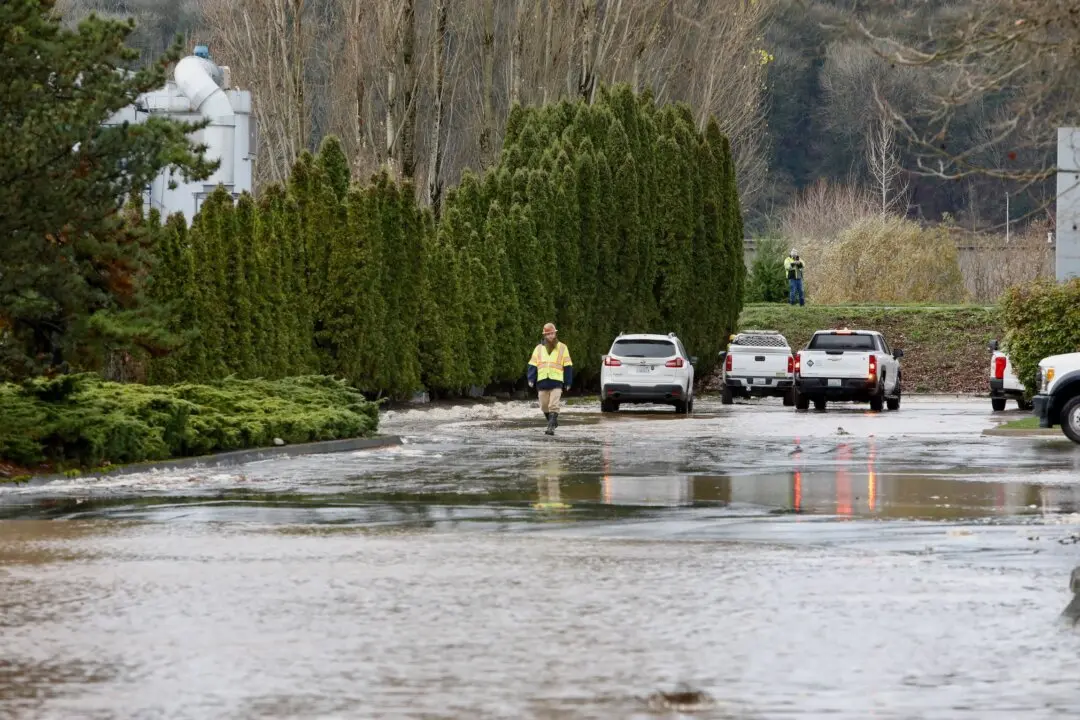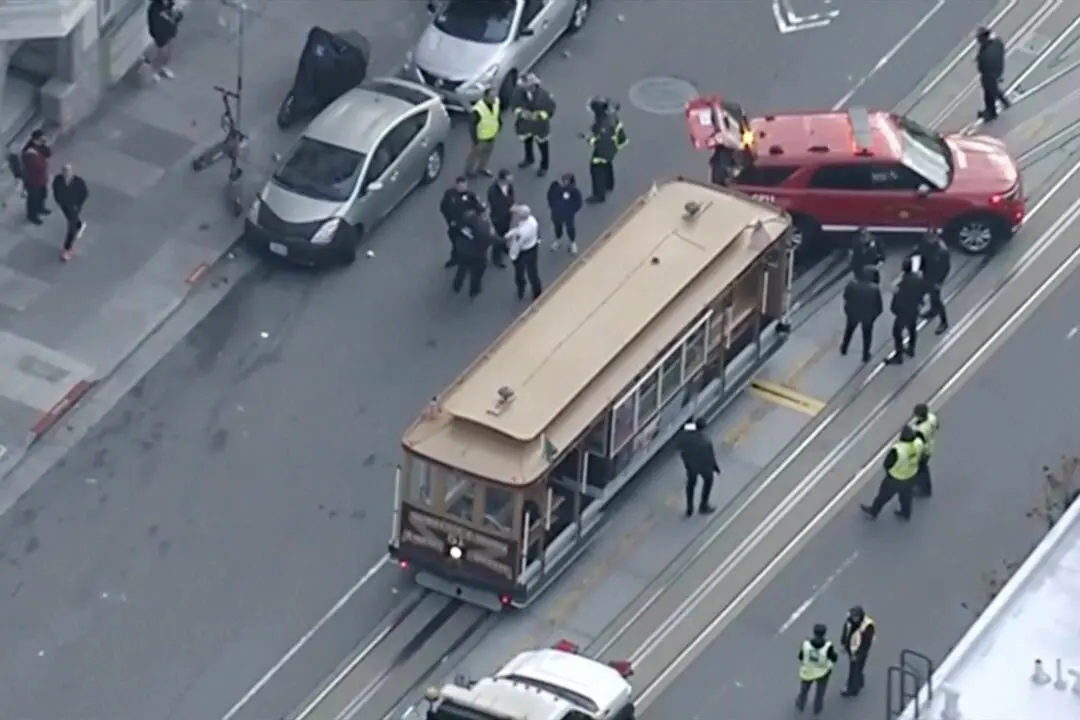PORTLAND, Ore.—Bracing for a tsunami like the one that devastated Japanese communities during a 2011 mega-earthquake, coastal communities from British Columbia to California have been grappling with how to protect people from a similar catastrophe.
One of those towns is constructing the nation’s first structure built as a vertical tsunami refuge.
Two years ago, voters in Westport, Washington, and other communities in the school district approved a $13.8 million bond to build a new elementary school that would be reinforced to withstand a big earthquake and have a tsunami evacuation area on the gym’s rooftop.
“We have no natural high ground,” said Paula Akerlund, superintendent of the Ocosta School District, located on a peninsula, noting that they have 20-30 minutes between a quake and a tsunami to get to higher ground. That’s “impossible.”
The new school is being built on a small ridge, which will put the reinforced roof of the gym above the highest tsunami surge expected by scientists. It is expected to be completed in March.





